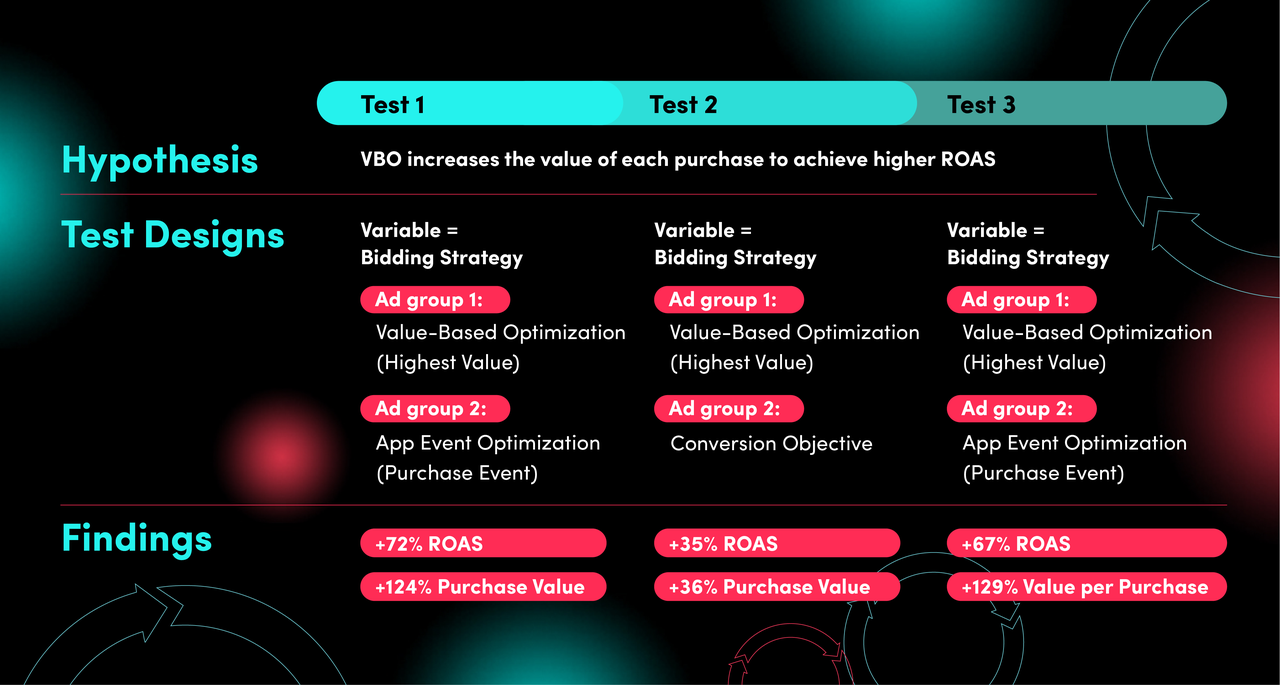Test with TikTok: How to Maximize the Value of Your Ad Spend
Test With TikTok is all about inspiring advertisers across Southeast Asia (SEA) to achieve more with TikTok for Business solutions.

About Test With TikTok
Test With TikTok is all about inspiring advertisers across Southeast Asia (SEA) to achieve more with TikTok for Business solutions. This way, you can focus on designing and developing campaigns exactly the way you want, while TikTok helps improve campaign performance. Our solutions deliver leading returns on investment, and they even prime audiences for your advertising on other platforms too. So, we'll be offering tips and tricks for boosting your brand, driving sales, and growing your business on TikTok.
In today's hypercompetitive landscape, advertisers are always looking to spend their ad dollars more efficiently. But identifying the best media tactics to improve your campaign's return on ad spend (ROAS) can feel like an overwhelming challenge. In this edition of Test with TikTok, we'll explore best practices for using TikTok's Value-Based Optimization feature, based on real-life case studies. We'll share the experiences of advertisers who improved their ROAS, and offer lessons learnt for a variety of industries.
What Is Return on Ad Spend (ROAS)?
ROAS is a marketing metric that measures the revenue generated per dollar spent in an advertising campaign. As such, it provides a holistic understanding of whether or not a campaign paid off.
The calculation for ROAS is simple: it's the total revenue generated directly from the ad campaign, divided by the total campaign cost.
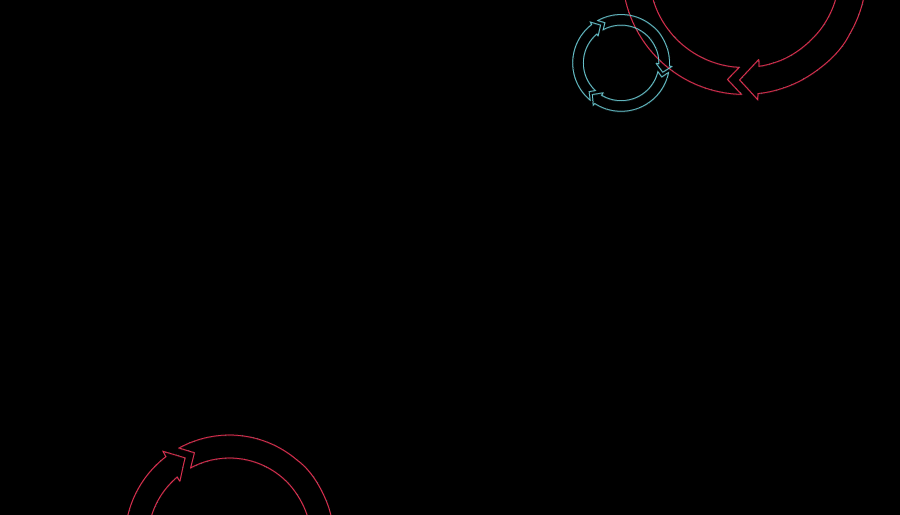
When using the Value-Based Optimization feature, there are two different types of bidding strategies to choose from:
- Minimum ROAS: The platform aims for the most opportunities possible, while meeting or exceeding the minimum ROAS value advertisers input. The focus of the optimization occurs at a transaction level and not an overall budget level. Therefore, adopting this approach may not lead to full utilization of the campaign budget.
- Highest Value: With this bidding strategy, the platform aims to spend the campaign budget in full, while concurrently targeting the people most likely to make the highest-value purchases.
Real-Life Results Using Value-Based Optimization
Case Study 1: Finance Industry
Background
An Indonesian online loan services company wanted to improve ROAS for higher efficiency. To test out Value-Based Optimization, the advertiser ran two campaigns and compared the results. The first campaign used Value-Based Optimization with the Highest Value bidding strategy. The second campaign used TikTok's App Event Optimization feature, focused on driving purchasing events.
Results
The brand's one-week Value-Based Optimization campaign achieved a 45% cheaper cost per acquisition (CPA) compared to the App Event Optimization campaign, as well as 114% more purchases, 124% higher total purchase value, and 5% higher value per purchase. The Value-Based Optimization campaign also saw 72% higher ROAS, indicating the feature boosts ROAS more effectively than App Event Optimization, which focuses on other goals.
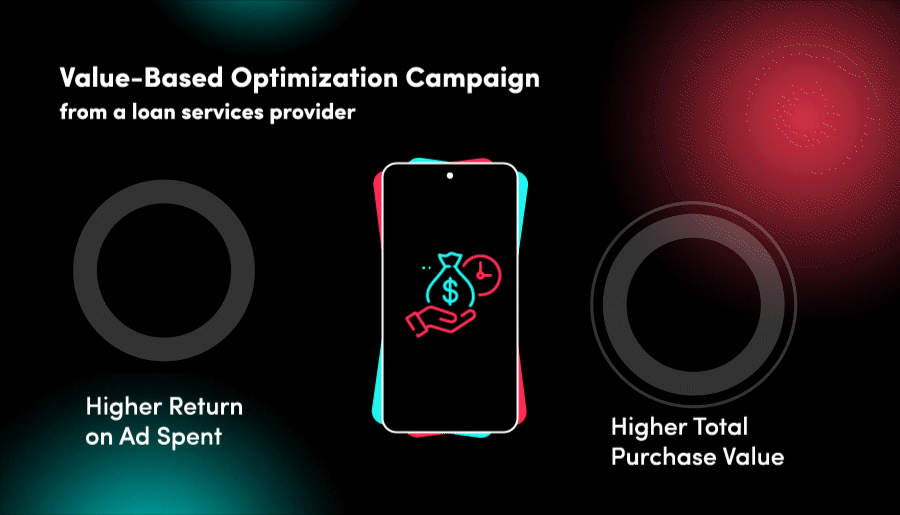
Case Study 2: Cosmetics Industry
Background
A personalized skincare start-up wanted to acquire higher-value users to improve their campaign ROAS while building up its user base. The advertiser set up both a Value-Based Optimization campaign with the Highest Value bidding strategy, and a Conversion Objective campaign, to compare the results.
Results
After one week, the Value-Based Optimization campaign's CPA was 17% cheaper compared to the Conversion objective campaign, delivering higher cost-effectiveness. The total purchase value was 36% higher and value per purchase was 13% higher. The Value-Based Optimization campaign also saw 35% higher ROAS, achieving the main objective of adopting the feature.
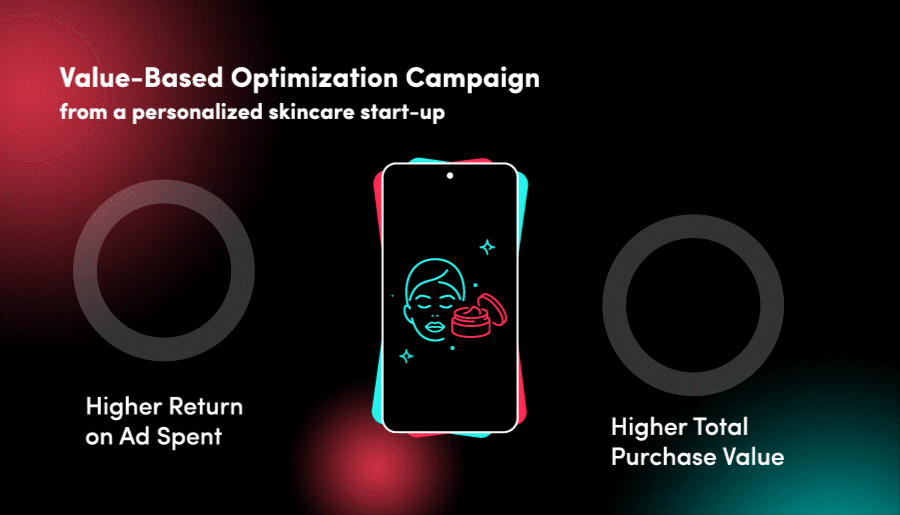
Case Study 3: Gaming Industry
Background
A gaming brand wanted to meet their planned ROAS targets while scaling their TikTok placements across several countries. To identify the best media tactics for their campaign, the advertiser set up a campaign using Value-Based Optimization with the Highest Value bidding strategy, and an App Event Optimization campaign targeting purchasing events, to compare the results.
Results
After several weeks of success, the gaming brand extended the test to the Minimum ROAS bidding strategy too. When factoring in both bidding strategies, the Value-Based Optimization campaign achieved 129% higher value per purchase than the App Event Optimization campaign, as well as 67% higher ROAS, indicating highly cost-efficient campaign execution.
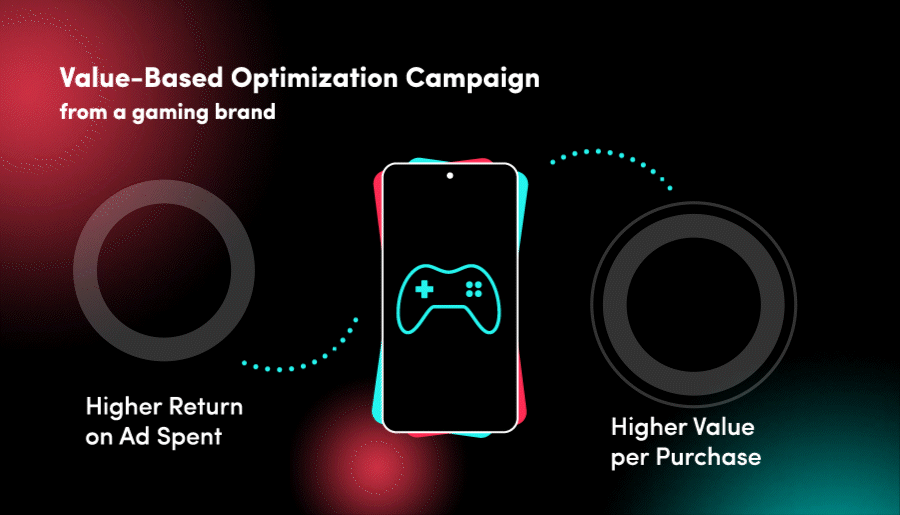
Check list to Set Up Value-Based Optimization in TikTok Ads Manager
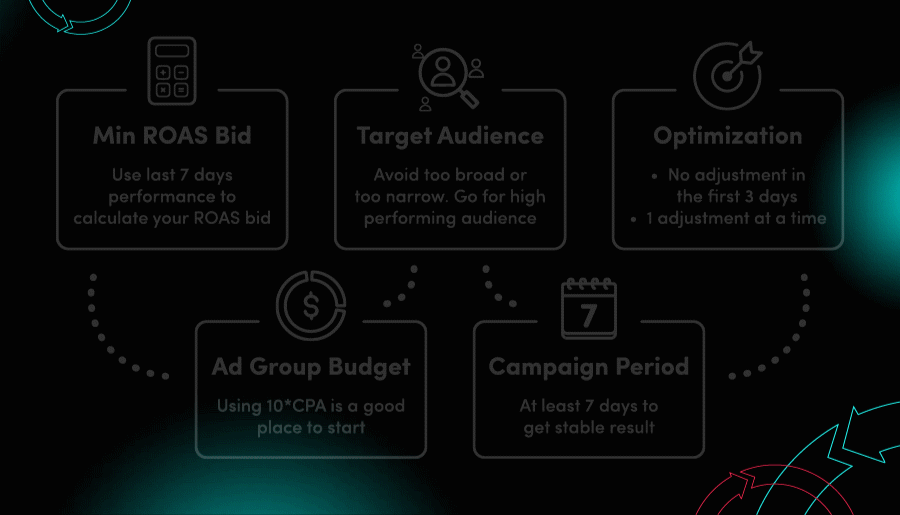
Set a reasonable Minimum Return on Ad Spend as your bid for your Value-Based Optimization ad group.
- Use your ad account's performance from the last seven days to calculate your ROAS. Then enter a bid for your Minimum ROAS that is ~80% of that. - Break down your historical campaign data results by objectives and countries, to achieve a more accurate ROAS figure.
Set an adequate budget for your Value-Based Optimization ad group.
- Using 10*CPA is a good place to start. - If your CPA is >US$100, use another method for calculating your ad group's budget. You could refer back to your previous campaign's CPA as a benchmark.
Set a reasonable target audience.
- Do not aim too broad or too narrow when setting your audience scope. - You can select high-performing Custom or Lookalike audiences.
Let your Value-Based Optimization campaigns run for at least seven days.
- Results may fluctuate at first, but after seven days you should have strong indicators about performance and results that will stabilize delivery.
Avoid adjusting your ad settings in the first three days.
- Editing your ad settings within the first three days may impact your ad group's ability to pass the learning phase. - After three days, make one adjustment at a time, and adjust your budget or bid by +/- 20% at a time. - If you pause Value-Based Optimization campaigns for over 24 hours, the system will return to the learning phase when it restarts.
Use TikTok For Business Solutions to Improve Your Campaign's ROAS
The key to success is being open to experimentation. As demonstrated above, advertisers who want to optimize their campaign's ROAS should start to explore Value-Based Optimization in TikTok Ads Manager today!
Stay tuned for more updates and advice from Test With TikTok.
Read the previous Test With TikTok blogpost here.
Sign up to start advertising on TikTok in minutes.
Anchor on the Testing Structure
